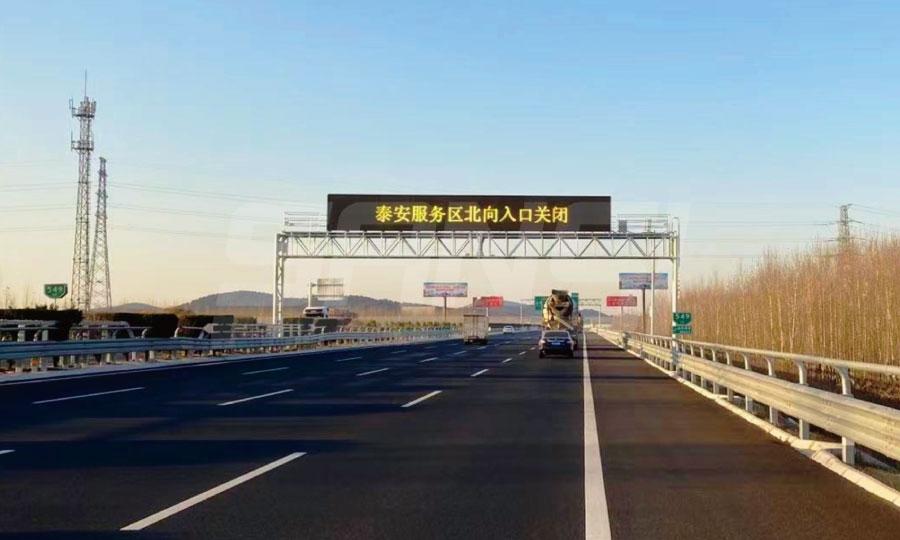
With the deep integration of artificial intelligence technology across various fields, traffic management is undergoing a paradigm shift from passive response to active prediction. The recently deployed AI traffic flow prediction information board system marks a new phase in China's urban intelligent transportation development. This system utilizes cutting-edge algorithms to achieve minute-level predictions of road network conditions, providing scientific references for travel decision-making.
Core Breakthroughs in Technological Innovation
Multi-Source Data Fusion Architecture
The system integrates multi-dimensional data streams including floating car data, intersection monitoring devices, and mobile signaling to construct a dynamic traffic situation awareness network. Its unique feature extraction algorithm effectively identifies spatiotemporal correlations among different data sources, forming high-precision road network status profiles.
Adaptive Prediction Model
The deep learning-based prediction engine possesses continuous evolution capabilities, autonomously adjusting weight distributions for factors like weather conditions, time periods, and special events. Compared with traditional methods, the system significantly advances the prediction time for sudden congestion, creating valuable time windows for traffic management.
User-Centric Information Presentation
The information boards employ graphic designs aligned with human visual cognition, using color gradients and symbolic systems to intuitively display prediction results. An innovative hierarchical warning mechanism effectively communicates key information while preventing information overload for drivers.
Multidimensional Application Value
Travel Efficiency Improvement
Dynamic prediction information helps drivers plan routes rationally, effectively alleviating peak-hour traffic pressure. Field tests show significantly reduced average travel time fluctuations in system-covered areas.
Safety Management Enhancement
Early warnings for potential congestion points and hazardous road sections provide preparation time for emergency responses. The system's unique risk propagation analysis function can predict chain reactions caused by local congestion.
Notable Environmental Benefits
By optimizing traffic flow distribution and reducing unnecessary mileage, the system indirectly decreases vehicle emissions. Continuous declines in traffic carbon emission intensity have been observed in covered areas post-deployment.
Next-Phase Technological Upgrades will focus on three key directions: enhancing prediction stability under special weather conditions, developing dedicated data interfaces for autonomous vehicles, and exploring deeper integration with other urban brain systems. With the improvement of 5G-V2X infrastructure, the system is expected to achieve functional evolution from "information dissemination" to "active regulation."
This successful technological application demonstrates that the integration of AI and traffic management not only solves practical pain points but also creates new service value. It provides a replicable technological paradigm for smart city construction, showcasing the tremendous potential of technological innovation in driving urban governance modernization.